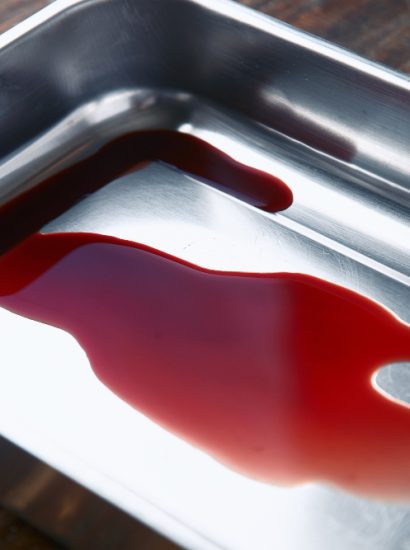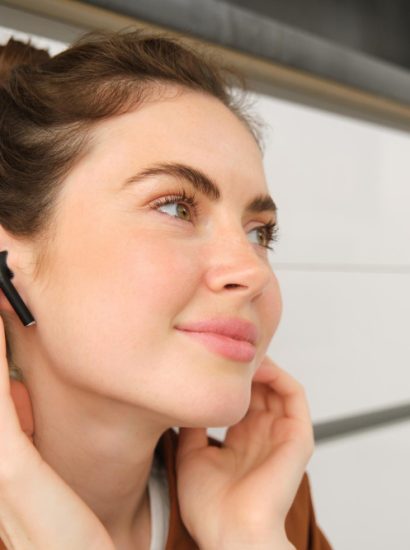Color theory is at the heart of everything from painting and photography to makeup and hair coloring. One of its most practical uses is color correction — understanding which hues cancel each other out to achieve balance.
If you’ve ever wondered “what color neutralizes red?”, the answer is simple according to the color wheel: green. But there’s more to it than just knowing the opposite color — the tone, intensity, and application all matter.
In this complete color theory guide, we’ll explore why green neutralizes red, how to apply this knowledge across art, beauty, and design, and expert tips to get perfect results every time.
The Basics of Color Theory: The Color Wheel Explained
At its core, color theory revolves around the color wheel, which organizes colors based on their relationships. The wheel is divided into:
- Primary colors: Red, Blue, Yellow
- Secondary colors: Green, Orange, Purple (made by mixing primaries)
- Tertiary colors: Shades created by mixing a primary with a neighboring secondary
The key concept for neutralization lies in complementary colors — hues directly opposite each other on the color wheel. When combined, these opposites cancel each other out, creating a neutral gray or brown tone.
This is why green cancels out red — they sit opposite on the color wheel, making them natural counterbalances.
Why Green Neutralizes Red
When red and green mix, their light wavelengths combine to produce neutral or brownish tones. This balancing effect works across different mediums — whether you’re adjusting paint, correcting hair color, or concealing redness in skin.
Here’s how it works scientifically:
- Red has warm undertones (longer light wavelengths).
- Green has cooler undertones (shorter light wavelengths).
- When layered or blended, they neutralize each other, creating a balanced, muted color.
In essence, green reduces the visual intensity of red by absorbing its complementary frequency.
Using Green to Neutralize Red in Hair Color
One of the most common uses of this principle is in hair color correction. Red tones can appear in hair for several reasons — leftover dye, brassy undertones, or chemical reactions.
To fix red hair tones:
- Use a green-based toner or shampoo to cancel the redness.
- For bright red or copper tones, choose ash brown or cool brunette shades with green or blue undertones.
- Avoid warm-toned dyes (like golden or auburn), which can amplify the red instead of neutralizing it.
Pro Tip: If your hair turned red after bleaching or coloring, a green color-depositing shampoo used 1–2 times a week can gradually tone it down.
Neutralizing Redness in Makeup and Skincare
If you deal with redness in your complexion — from rosacea, acne, or irritation — the same rule applies: green cancels red.
That’s why many color-correcting makeup products come in green-tinted formulas. Here’s how to use them effectively:
- Green primer or concealer: Apply under foundation to neutralize redness.
- Light green tint: Ideal for mild redness or uneven skin tone.
- Deeper green concealer: Best for visible red blemishes or rosacea.
Apply only where needed (cheeks, nose, blemishes), blend well, and follow with your regular skin-toned foundation. The result? A smooth, even complexion without a trace of red.
Color Correction in Art and Design
Artists and designers use the same concept to balance colors and control vibrancy. When red appears too dominant in a painting or design, adding or overlaying a touch of green can restore visual harmony.
In painting or digital art, use the following approach:
- Mix a tiny amount of green paint into red to mute it.
- Use complementary glazing (a translucent layer of green) to reduce red intensity.
- Adjust color temperature digitally to bring balance in photo or graphic editing.
By using complementary colors strategically, artists create natural contrast and dimension without overpowering the visual composition.
The Role of Undertones and Shades
Not all reds — or greens — are created equal. The success of neutralization depends on matching undertones correctly.
- Warm reds (orange-red): Need cooler greens (blue-green tones) for balance.
- Cool reds (magenta-red): Pair better with yellow-green tones.
For example
- In hair color, a mint green toner might work better on pinkish reds.
- In makeup, a muted olive green concealer suits deeper or warmer complexions.
The key is subtlety — the green should tone down the red, not create a visible tint.
Common Mistakes When Neutralizing Red
It’s easy to go overboard when trying to cancel out strong red tones. Here are common mistakes — and how to avoid them:
- Using too much green: This can make the result look gray or ashy. Apply gradually and blend.
- Ignoring undertones: Using the wrong shade of green can shift color imbalance rather than fix it.
- Skipping neutral testing: Always test on a small section (hair strand, skin patch, or paint mix) first.
- Over-correcting: After neutralizing, add warmth or depth back with a balanced neutral tone.
Remember, color correction is about balance, not elimination.
Alternatives to Green for Red Correction
While green is the main complementary color for red, variations in tone and medium can call for other colors:
- For pinkish reds: A soft mint or pale green works best.
- For deep burgundy reds: Try a teal or blue-green tone.
- For orange-based reds: Use a cooler blue-green neutralizer.
In digital editing, you can also adjust color balance by reducing red saturation and adding cyan or green channels in post-processing software like Photoshop or Lightroom.
Practical Examples of Red Neutralization
Let’s look at how this color theory applies in real life:
- Hair Color Correction: If dyed hair looks too warm or coppery, mix a green-based toner into your formula to create an ash or neutral result.
- Makeup Correction: Use a green concealer to hide acne or redness before foundation.
- Interior Design: Balance a bold red accent wall with green plants or decor for a calm, harmonious look.
- Painting: Dull overly bright reds by blending a touch of green paint to achieve realistic skin tones or shadows.
Understanding how to neutralize red allows you to control visual balance and achieve the look or tone you desire in any creative field.
Conclusion
So, what color neutralizes red? The answer is green — but effective neutralization goes beyond simply mixing opposites. It’s about understanding the tone, intensity, and undertone of both colors and applying them in the right balance.
Whether you’re toning red out of your hair, concealing redness in your skin, or perfecting a piece of art, green is your go-to corrective ally. Use it thoughtfully, blend gradually, and let color theory guide you toward flawless harmony in every project.
FAQs
1. Why does green neutralize red?
Green sits opposite red on the color wheel, making it a complementary color. When combined, they neutralize each other, creating a more balanced or muted tone.
2. Can I use green shampoo to remove red tones from hair?
Yes, green-tinted shampoos or toners can cancel out unwanted red or copper hues in brunette and dark blonde hair.
3. What if green over-corrects the red in my hair or makeup?
If the color turns too ashy or dull, use a neutral or warm tone (like beige or light brown) to rebalance it.
4. Does this color theory apply to all mediums (paint, hair, makeup)?
Yes! Complementary color correction applies universally, though techniques and product formulations differ by medium.
5. What color cancels out red in skin tone?
A green-based concealer or primer neutralizes redness in the skin, helping achieve a more even and natural complexion.
Also read: Join the Best Espresso Subscription – Fresh, Bold & Delivered Fast | 2025 Coffee Guide









